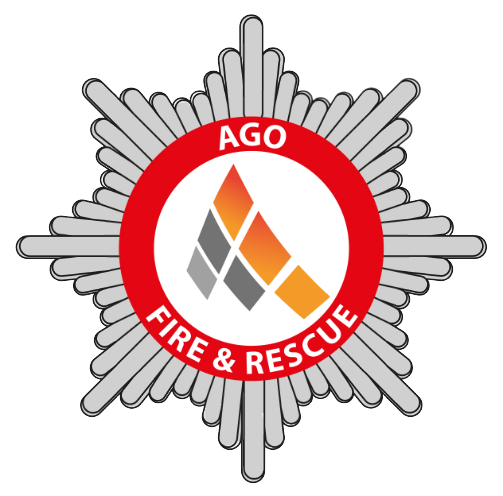Fire Risk Assessment
Fire Risk Assessment
As of the 1st of October 2023, the following amendments to the Regulatory Reform (Fire Safety) Order 2005 will be introduced by The Building Safety Act 2022 – Article 9A(1) “The responsible person must not appoint a person to assist them with making or reviewing an assessment under article 9 unless that person is competent.” and Article 9A(2) “A person is to be regarded as competent for the purposes of this article where the person has sufficient training and experience or knowledge and other qualities to enable the person properly to assist in making or reviewing the assessment.”
The biggest problem when looking for a fire risk assessment to be done is finding someone who is truly competent. In a post Grenfell world, you want to make sure you are getting true and practicable advice at the most reasonable cost. Whether you are a commercial property or a block of flats the devastation of fire holds no prejudice when proper precautions have not been made.
AGO Fire & Rescue assessors all have a minimum Level 3 qualification in Fire Risk Assessments, with the head of our department being an ex-firefighter with over 30 years’ experience in fire safety and currently holds Graduate Status of the Institute of Fire Engineers (GIFireE). The foundation of our company is supporting you to compliance in fire safety, with cost benefit analysis deep within our process. Our fire risk assessments have been designed to only advise what is reasonably practicable and necessary to keep your workforce and premises safe. With the knowledge and depth of 30 plus year of firefighting experience you can trust that what we advise is within your best interest and cost effective.
Our fire risk assessments follow the five-step approach detailed in HM Government fire safety risk assessment guidance. The five steps are:
- 1
Identify fire hazards
- 2
Identify people at risk
- 3
Evaluate, remove, reduce, and protect people from risk
- 4
Record, plan, inform, instruct, and train
- 5
Review
The significant findings described in our fire risk assessments will help to evaluate the suitability and sufficiency of:
What is a Fire Risk Assessment?
A careful and methodical review undertaken at your premises/common areas and the people who use them, from a fire prevention perspective. It’s about understanding the potential fire risks to the premises and or people and offering recommendations to make that building safer. Then, where necessary, improving your fire safety precautions to keep people safe.
Why do I need a Fire Risk Assessment?
A Fire Risk Assessment is a legal requirement.
What are the legal guidelines associated with Fire risk assessments?
As a person responsible for anything other than a single private dwelling (a private home) you need to make sure someone completes a suitable fire risk assessment. It is then your duty to take the appropriate actions to rectifying any potential fire risks or hazards. Furthermore, the Building Safety Act 2022 has made further changes to The Regulatory Reform (Fire Safety) Order 2005 Part 2 Section 9.6 and 9.11 which means all businesses will now need a written fire risk assessment. As a responsible person, you must make sure that your risk assessment is reviewed regularly, we recommended a review should be done; every year after the original assessment is done, when the purpose/use of the building has substantially changed, if the building layout and structure has changed or if there is considerable change in the occupants.
It is also required to have your fire risk assessments documented if you have been instructed to do so by the fire brigade or your premises requires a licence.
2022 Fire Statistics:
What is The Regulatory Reform (Fire Safety) Order 2005?
The Regulatory Reform (Fire Safety) Order 2005 applies in England and Wales. It covers general fire precautions and other fire safety duties which are needed to protect relevant persons in case of fire in and around most premises. It requires fire precautions to be put in place where necessary and to the extent that it is reasonable and practicable in the circumstances of the case.
Responsibility for complying with the Regulatory Reform (Fire Safety) Order 2005 rests with the responsible person. In a workplace, this is the employer and any other person who may have control of any part of the premises, e.g. the occupier or owner. In all other premises the person or people in control of the premises will be responsible. If there is more than one responsible person in any type of premises (e.g. a multi-occupied complex), all must take all reasonable steps to co-operate and co-ordinate with each other.
If you are the responsible person you must carry out a fire risk assessment which must focus on the safety in case of fire of all ‘relevant persons’. It should pay particular attention to those at special risk, such as disabled people, those who you know have special needs and young persons and must include consideration of any dangerous substance liable to be on the premises. Your fire risk assessment will help you identify risks that can be removed or reduced and to decide the nature and extent of the general fire precautions you need to take. If you are not confident enough to perform your own FRA then you must appoint a competent fire risk assessor to assist you as per the amendments to Article 9A(1) and Article 9A(2) within the FSO.
